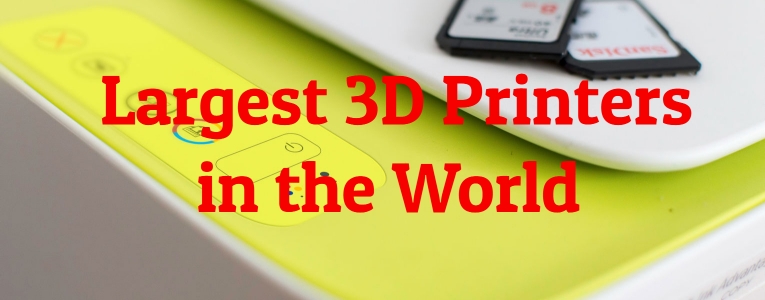The future is now in terms of 3D printing technology! 3D printers can be manufactured to work with a variety of different materials, making their potential applications nearly endless. Today’s 3D printers are able to produce everything from plastic figurines and scale models to entire vehicle shells and buildings! As you might imagine, some of these printers have to be pretty huge in order to accommodate such impressive prints.
So, just how massive can the largest 3D printers get? Today we’ll look at 9 of the biggest 3D printers available for use today and rank them according to the volume of printing space each one provides. We’ll also learn some cool facts about each amazing machine!
-
Norsk Titanium Direct Metal Deposition
Type of Process: Additive manufacturing
Material Types: Metals
Use and Accessibility: Industrial
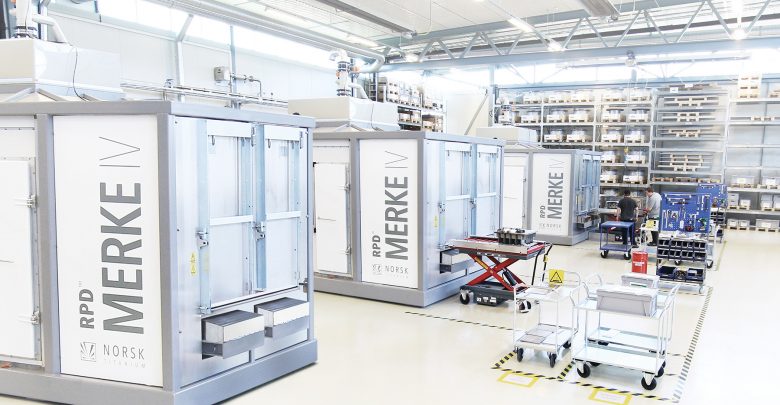 Source: 3dprintingmedia.network
Source: 3dprintingmedia.network
This 3D printer features Norsk’s carefully-developed Direct Metal Deposition technology in its 3D printing process. This process utilizes a plasma arc to weld metal directly on top of itself, building up layer after layer until the 3D print is complete. The Norsk company has a worldwide presence and boasts such influential partners as Boeing and Mecachrome.
Did you know?
This 3D printer is capable of printing titanium parts that measure up to 120 x 120 x 180 cm.
-
ExOne Exerial
Type of Process: Additive manufacturing / Powder binder jetting
Material Types: Metals and ceramics
Use and Accessibility: Commercial and industrial
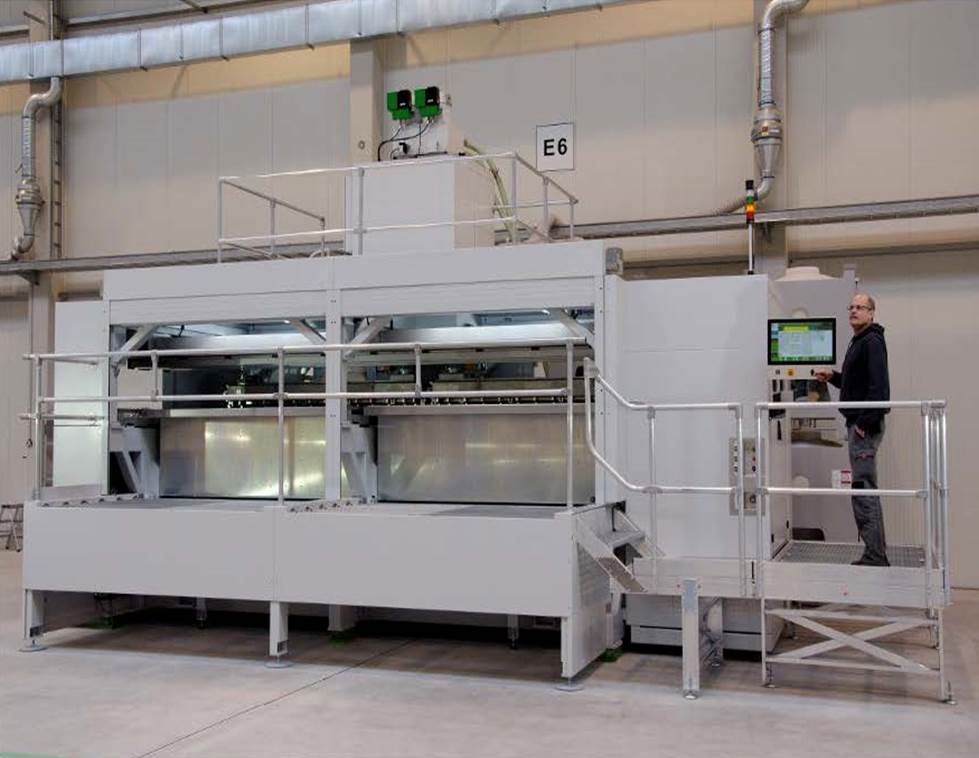 Source: digitalengineering247.com
Source: digitalengineering247.com
This 3D printer was designed specifically with a focus on serial sand core and mold production. It features ExOne’s Binder Jetting technology, meaning that it precisely places a liquid binding agent that particulate matter can adhere to. Alternating layers of liquid binder spray and particulate building material, such as metal or ceramic, are built up until the 3D print is complete.
Did you know?
This 3D printer is available for purchase, but it costs a pretty penny at $500,000 or more!
One of the most impressive advancements in large-scale 3D printing is the ability to print with high-performance materials, such as PEEK (polyether ether ketone). This material is known for its strength, chemical resistance, and thermal stability, making it ideal for aerospace and medical applications. The largest 3D printers today can produce complex components with precise details, including the use of PEEK screws, which are critical in ensuring the structural integrity of parts subjected to extreme conditions. These printers not only handle the complexity of PEEK but also offer the scalability needed to produce large, intricate designs that were previously impossible with traditional manufacturing methods.
-
Voxeljet VX4000
Type of Process: Sand Casting (Powder binder jetting)
Material Types: Sands
Use and Accessibility: Commercial and industrial
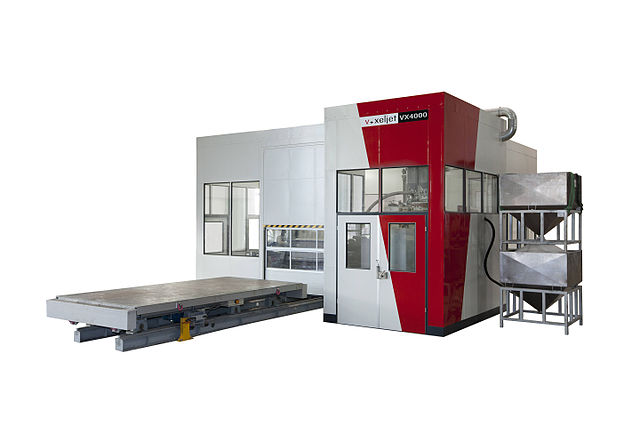 Source: wikimedia.org
Source: wikimedia.org
The Voxeljet VX4000 is used to create similar prints to those of the ExOne Exerial, maintaining a strong focus on sand casting molds. The molds produced with the VX4000 are usually then used to serially cast architectural parts, artistic components, and jewelry. The 3D printer is versatile and adaptable in that it can print either one large mold, or numerous batches of smaller ones.
Did you know?
The Voxeljet AG company has been listed on the New York Stock Exchange since 2013.
-
D-shape
Type of Process: Powder binder jetting
Material Types: Sands and ceramics
Use and Accessibility: Industrial
 Source: esa.int
Source: esa.int
This one-of-a-kind 3D printer was patented in 2006 after being developed by Enrico and Riccardo Dini, who also founded the Monolite UK Ltd company that built the printer. The 3D printing project actually started in 2004 with the idea to take the best parts of a standard, office-sized 3D printer and scale them up. The D-shape project operates in several different sectors, each of which focuses on different applications of 3D printing.
Did you know?
The D-shape uses particulates and a magnesium-based binder to build up a finished printed material that’s extremely similar to sandstone or cement.
-
KamerMaker
Type of Process: Additive manufacturing
Material Types: Metals, sands, and ceramics
Use and Accessibility: Industrial and construction
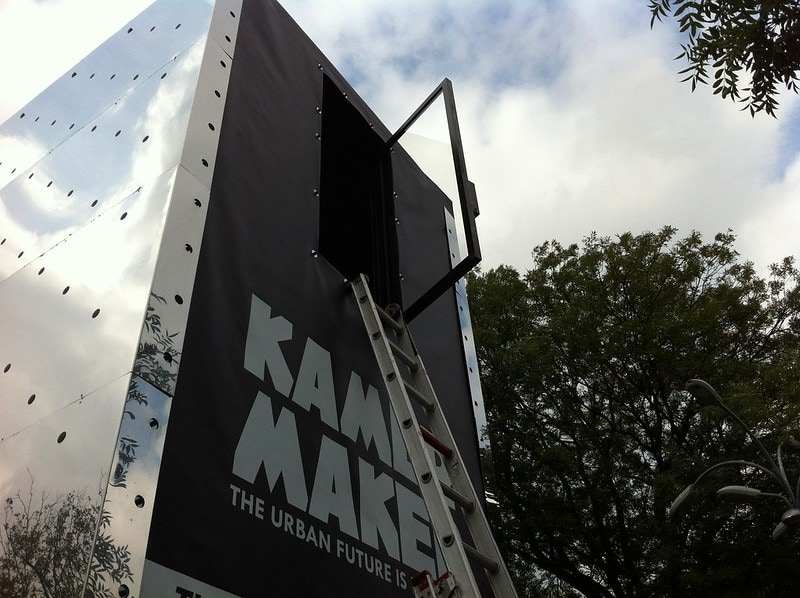 Source: flickr.com
Source: flickr.com
DUS Architects advertises the KamerMaker as “The World’s first portable large-scale 3D printer” and has won numerous awards for its innovative achievements. This printer was also the first one to build an entire house on the canal in Amsterdam while making use of RepRap FFF-type technology. And, just in case one incredible 3D printer wasn’t enough, a second KamerMaker was created soon afterwards in order to speed up production!
Did you know?
The name “KamerMaker” means “Room Builder” in Dutch.
-
Cincinnati Incorporated BAAM (BAAM CI)
Type of Process: Additive manufacturing
Material Types: Plastics
Use and Accessibility: Industrial
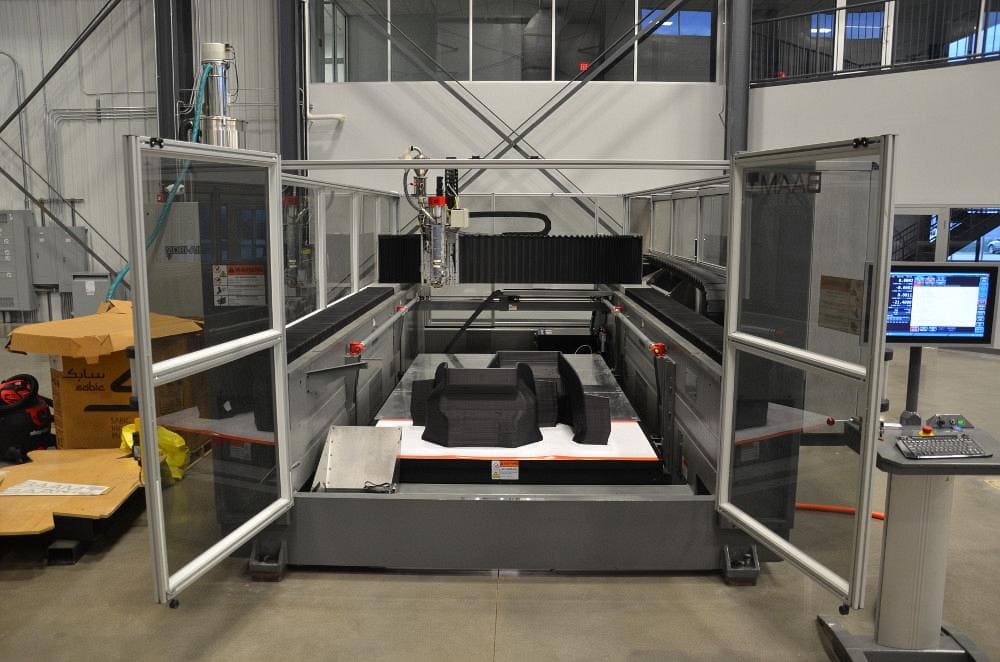 Source: thefabricator.com
Source: thefabricator.com
This printer is known for being able to 3D print plastic industrial parts that are strong enough to bend metal, as well as for printing an entire life-size car! The BAAM CI has also been used to produce a wide variety of other scale models, such as models of the Orion spacecraft and the F-22 Raptor. This 3D printer’s method of using thermoplastics for its prints makes the process unusually low-cost, considering the size of the final products.
Did you know?
BAAM pulled off its 3D print of the Strati car with help and technology from Oak Ridge National Laboratory.
-
Sciaky EBAM 300
Type of Process: Electron Beam Additive Manufacturing
Material Types: Metals
Use and Accessibility: Commercial and industrial
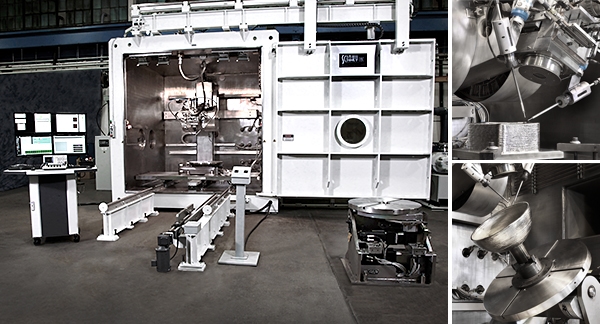 Source: sciaky.com
Source: sciaky.com
The titanium thread that’s melted for the printing process for the massive Sciaky EBAM 300 is 3 mm thick! This 3D printer is primarily used to repair and manufacture high-performance industrial parts. The Sciaky company launched its EBAM project in 2009 with the goal of streamlining and simplifying the manufacturing process in order to save industrial companies time and money.
Did you know?
Among the benefits of time-cost effectiveness, the EBAM 3D printing systems also produce less waste throughout their printing processes!
-
BetAbram P1
Type of Process: Electron Beam Additive Manufacturing
Material Types: Sands and ceramics
Use and Accessibility: Industrial and construction
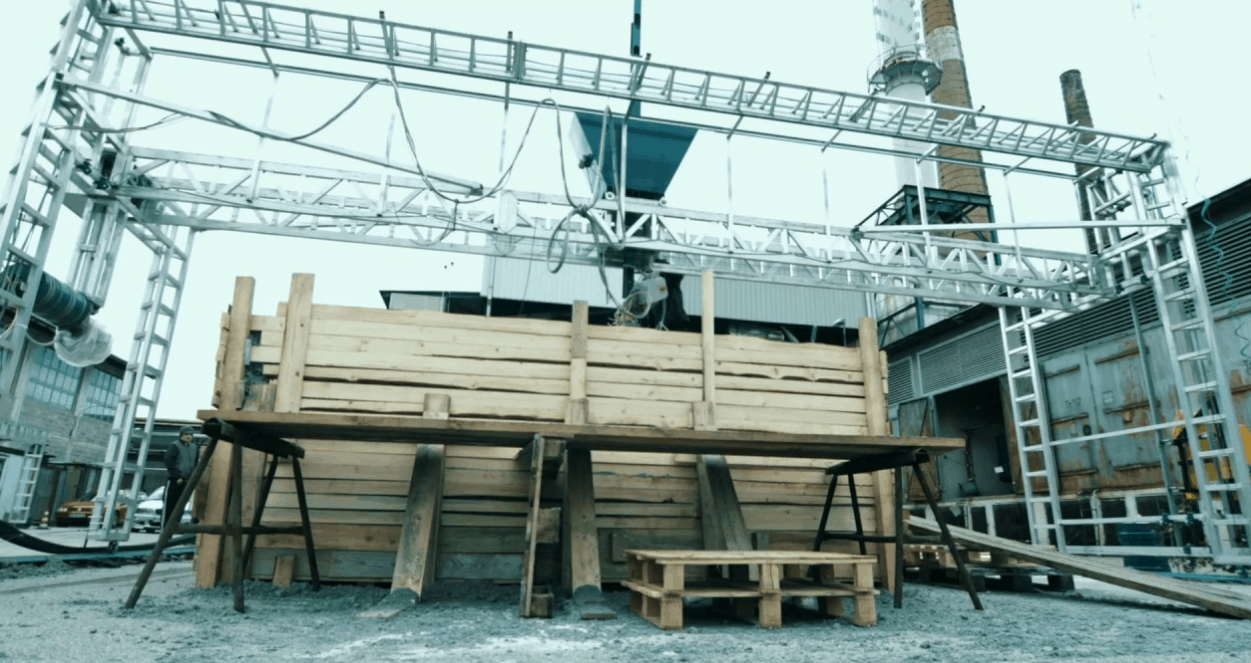 Source: YouTube.com
Source: YouTube.com
Slovenian company BetAbram is said to be one of the key pioneers in terms of 3D printing houses, and the P1 is specifically engineered for the purpose of printing houses. This printer uses the reliable binder jetting process to produce a material that’s extremely comparable to concrete, making it perfectly suited to printing out architectural elements that are structurally sound. The printer also utilizes two different nozzles for different types of prints.
Did you know?
There are two different methods of operating the machine that require one to three people and strike different balances between speed and monetary expenses.
-
Winsun
Type of Process: Powder binder jetting
Material Types: Sands and ceramics
Use and Accessibility: Industrial and construction
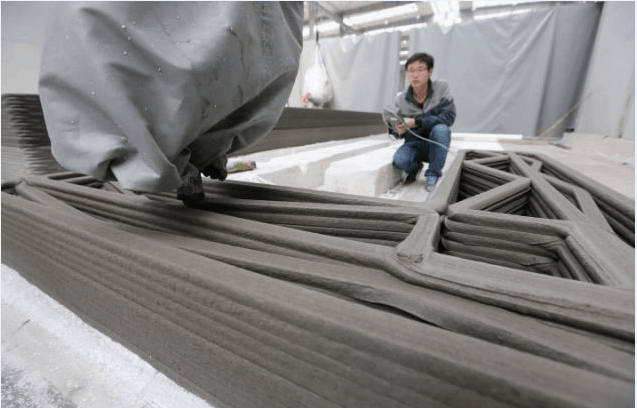 Source: siliconangle.com
Source: siliconangle.com
The Winsun 3D printer is the largest 3D printer in the world. The company, known as Winsun in China and Yingchuang Building Technique throughout much of the world, states that its 3D printer can print out an entire standard-sized house for the cost of approximately $4,800 in a single day! However, there has been a fair amount of debate and controversy over whether the technology was ethically developed and some people claim that stolen patents were used to formulate Winsun’s 3D printer.
Did you know?
Winsun states that its printer can obtain up to 50% of the ink material used in its printing process from mine tailings and construction waste.
